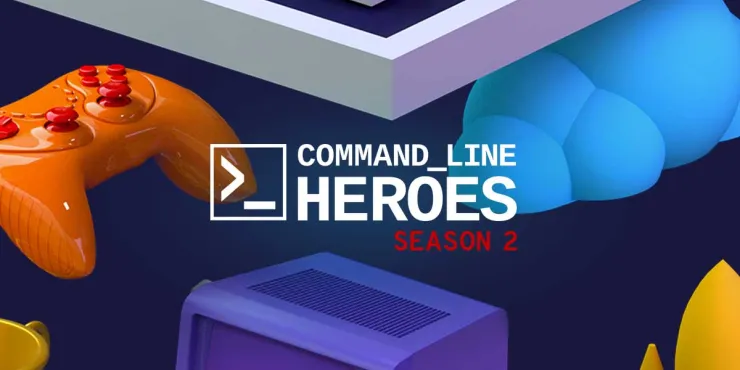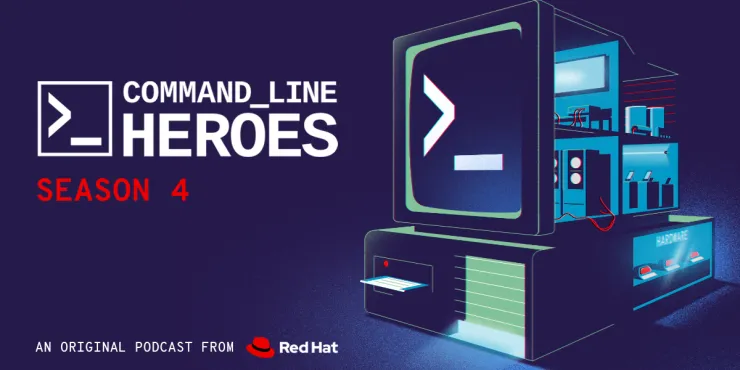
Dawn of the Botnets
Command Line Heroes • • Dawn of the Botnets | Command Line Heroes
Dawn of the Botnets | Command Line Heroes
About the episode
Overwhelming numbers are scary—even in the best of circumstances. You can plan for them, build up your defenses, and do everything imaginable to prepare. But when that horde of zombies hits, their sheer numbers can still cause devastation.
Botnets are digital zombie hordes. Jamie Tomasello recounts the scale of the Bredolab botnet—and the many malicious kinds of missions it carried out. Martijn Grooten explains how botnets work, and why they can be so difficult to permanently dismantle. And Darren Mott shares some of the successes the FBI had in rounding up some of the world’s most prolific bot herders.
Suscribir
Subscribe here:
Transcripción
Sobre el podcast
Command Line Heroes
During its run from 2018 to 2022, Command Line Heroes shared the epic true stories of developers, programmers, hackers, geeks, and open source rebels, and how they revolutionized the technology landscape. Relive our journey through tech history, and use #CommandLinePod to share your favorite episodes.


